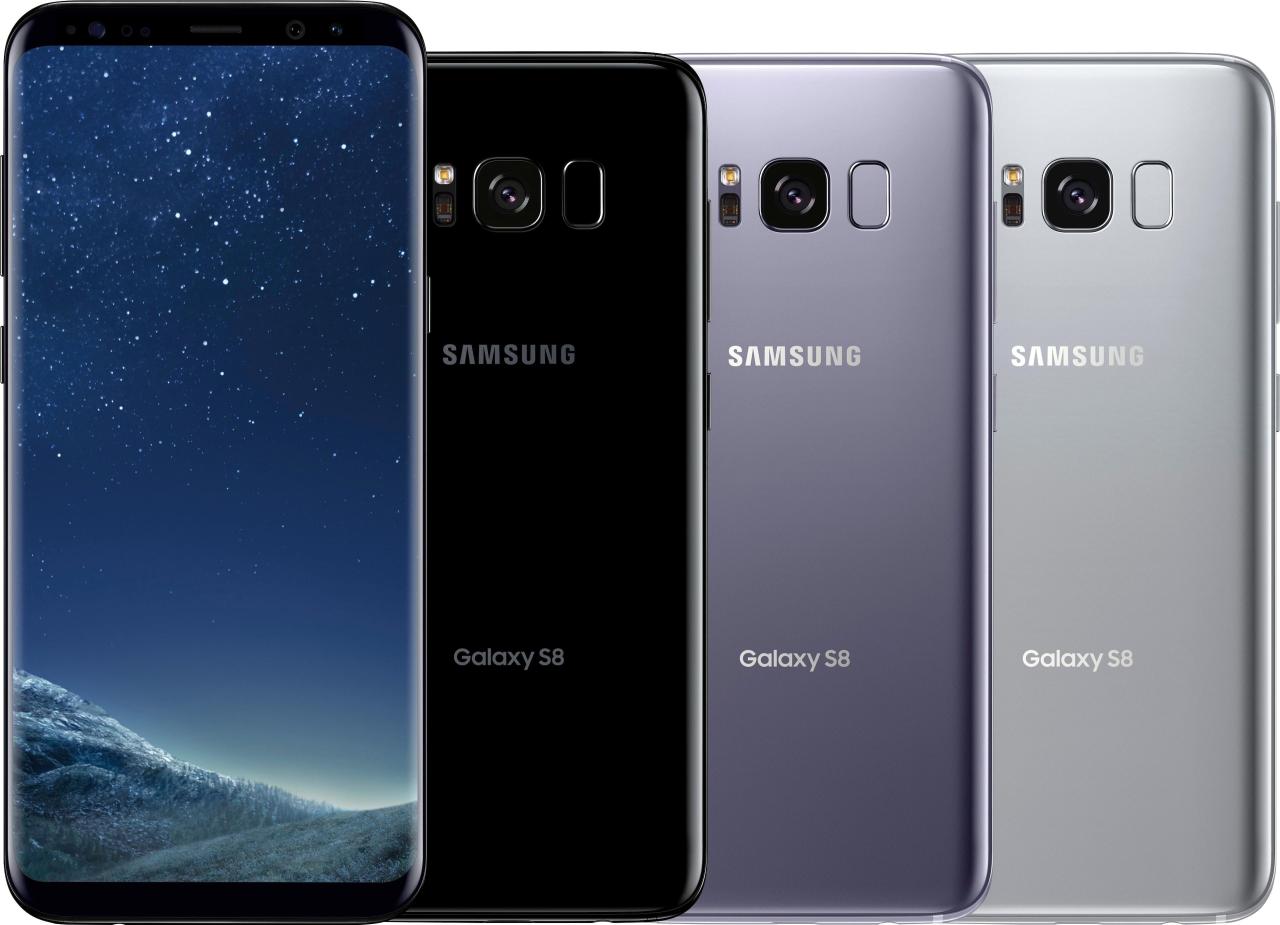Galaxy Note 2 stands as a remarkable milestone in the evolution of smartphones, blending innovation with user-friendly features. Released in 2012, it marked a pivotal moment in the Galaxy Note series, introducing advancements that captivated consumers and redefined mobile technology.
With its larger screen, enhanced stylus functionality, and powerful performance, the Galaxy Note 2 not only set new standards but also paved the way for future devices, making it a significant player in the competitive smartphone market.
Historical Significance of Galaxy Note 2

The Galaxy Note 2, launched in 2012, represents a pivotal moment in the evolution of mobile devices, especially within the realm of phablets. Building upon the legacy of its predecessor, the original Galaxy Note, the Note 2 showcased how technological advancements could redefine user interfaces and enhance productivity, setting a precedent for future devices in the category. Its release not only bolstered Samsung’s position in the market but also signified a shift in consumer expectations regarding functionality and performance in smartphones.
The Galaxy Note series began with the original Note in 2011, which was a bold venture into larger screens, merging the features of smartphones and tablets. It received mixed reviews initially due to its size but quickly garnered a loyal fan base. The success of the original Note laid the groundwork for the Note 2, which was met with overwhelming enthusiasm. Upon its release, the Galaxy Note 2 received positive reception for its improved design, expanded features, and enhanced performance, which were pivotal in solidifying Samsung’s dominance in the phablet market.
Technological Advancements Introduced with Galaxy Note 2
The Galaxy Note 2 brought forth several technological advancements that distinguished it from its predecessor. Some key features and improvements include:
- Display: The Note 2 featured a 5.5-inch Super AMOLED display, which was larger and offered better resolution than the original Note, enhancing visual experiences for multimedia consumption and productivity tasks.
- Processor: It was equipped with a quad-core processor, significantly improving performance and multitasking capabilities, allowing users to run multiple applications seamlessly.
- Stylus Enhancements: The S Pen was refined with better sensitivity and new software features, such as Air View, which allowed users to preview content by hovering the stylus over the screen, enhancing productivity and creativity.
- Battery Life: The battery capacity was increased to 3100 mAh, providing longer usage time, which was crucial for users who relied on their devices throughout the day.
- Camera Improvements: The rear camera featured an upgraded 8-megapixel sensor with improved low-light performance, catering to the growing demand for high-quality mobile photography.
These enhancements not only set the Galaxy Note 2 apart but also established a new standard for future smartphone development. The focus on larger displays, improved processing power, and integrated stylus functionality directly influenced subsequent devices in the industry, making the Note 2 a landmark in the evolution of mobile technology.
Features and Specifications of Galaxy Note 2

The Galaxy Note 2, released in 2012, was a significant upgrade from its predecessor, offering a blend of advanced technology and user-friendly features. This device was pivotal in defining the phablet category that combined the functionality of smartphones and tablets, appealing to a wide array of users looking for both portability and performance.
The Galaxy Note 2 boasts an impressive set of specifications that made it stand out during its release. With a 5.5-inch Super AMOLED display, it provided vibrant colors and sharp images. The device was powered by a quad-core processor, ensuring smooth multitasking and efficient performance. Below is a detailed overview of its key specifications:
| Specification | Details |
|---|---|
| Display | 5.5 inches Super AMOLED, 720 x 1280 pixels |
| Processor | Quad-core 1.6 GHz Cortex-A9 |
| RAM | 2 GB |
| Storage | 16/32/64 GB, expandable via microSD |
| Camera | 8 MP rear, 1.9 MP front |
| Battery | 3100 mAh, removable |
| Operating System | Android 4.1 (Jelly Bean), upgradable |
Comparison with Contemporary Smartphones
In the era of its release, the Galaxy Note 2 was often compared with other flagship smartphones like the iPhone 5 and HTC One X. While these devices also offered robust features, the Note 2’s unique selling proposition was its stylus functionality and larger screen size, which catered to a specific niche of users.
– Display Size: The 5.5-inch display of the Galaxy Note 2 was larger than the iPhone 5’s 4-inch display, attracting consumers interested in media consumption and productivity.
– Stylus Integration: The S Pen stylus provided functionalities such as handwriting recognition and precision drawing, distinguishing the Note 2 from the competition.
– Battery Life: With a 3100 mAh battery, the Note 2 offered more longevity compared to its contemporaries, which struggled with power management given their high-resolution screens.
Overall, while the competition focused on sleek designs and raw performance, the Galaxy Note 2 embraced a more functional approach, catering specifically to users who valued enhanced interactivity.
Unique Characteristics of the Galaxy Note 2
The Galaxy Note 2 is recognized for several unique features that set it apart from other devices in the Note series and beyond.
– S Pen Features: The S Pen not only allowed for traditional note-taking but also introduced Air View, enabling users to preview content without physical contact, enhancing usability.
– Multi-Window Functionality: This feature allowed users to run two apps simultaneously on the same screen, a significant advantage for productivity-oriented users who needed to multitask efficiently.
– Design and Form Factor: The Note 2 featured a sleek design with a plastic back, making it lightweight and easy to hold, despite its large size. Its dimensions allowed for comfortable one-handed use, which was crucial for a device of its type.
The Galaxy Note 2 was not just a smartphone; it was an all-in-one tool that catered to professionals and creatives alike, making it a landmark device in the evolution of mobile technology.
User Experience and Performance
The Samsung Galaxy Note 2, released in 2012, was not just another smartphone; it was a pioneer in the phablet category. With its large display and advanced features, the device aimed to enhance user experience through intuitive design and robust performance metrics. It became a favorite among users who valued functionality, style, and performance in a single device.
The user interface of the Galaxy Note 2 was built on Samsung’s TouchWiz overlay, layered over Android 4.1 Jelly Bean. This combination provided an enhanced experience with a range of customizable options. The touch responsiveness was notably smooth, allowing seamless navigation through applications and settings. The S Pen stylus, a defining feature of the Note series, offered unique functionalities such as handwriting recognition and precision input, which catered well to both creative and professional users.
User Interface and Usability
The Galaxy Note 2’s user interface was designed to maximize the potential of its expansive 5.5-inch Super AMOLED display. The inclusion of features like multi-window support allowed users to multitask more effectively by using two applications simultaneously, enhancing productivity.
Key aspects of the user interface included:
- Customization Options: Users could personalize their home screens, widgets, and themes to create a tailored experience that suited their preferences.
- S Pen Functionality: The S Pen enabled users to annotate directly on the screen, creating a versatile tool for note-taking and sketching.
- Smart Stay: This feature kept the screen awake while the user was looking at it, preventing unwanted timeouts during reading or browsing.
The overall usability was further enhanced by the device’s intuitive settings, which were easy to navigate, making it accessible even for less tech-savvy individuals.
Performance Metrics
In terms of performance, the Galaxy Note 2 was powered by a quad-core 1.6 GHz Cortex-A9 processor, paired with 2 GB of RAM. This configuration allowed for smooth operation across applications, gaming, and media consumption without noticeable lag.
Key performance metrics included:
- Processing Power: The quad-core processor facilitated quick app launches and efficient multitasking, making the device capable of handling demanding applications seamlessly.
- Battery Life: Equipped with a 3100 mAh battery, the Galaxy Note 2 offered impressive longevity. Users frequently reported being able to go a full day on a single charge, even with heavy usage.
- Storage Options: With internal storage options of 16, 32, or 64 GB and the ability to expand via microSD, users had ample space for their files and applications.
User testimonials highlighted the device’s performance strengths, with many praising its ability to keep up with their busy lifestyles.
User Testimonials
Users of the Galaxy Note 2 have shared varied experiences that underscore the device’s performance and usability:
“The Galaxy Note 2 transformed how I manage my day. The S Pen made taking notes in meetings so much easier, and the battery always lasted long enough for my daily commute.” – A frequent business user
“I love using my Note 2 for drawing! The screen is large and vibrant, and the S Pen gives me the precision I need for my art.” – A digital artist
“I use my Note 2 for everything, from reading eBooks to watching videos. The battery life is amazing, and I never worry about it dying on me.” – A daily user
Through these experiences, it is clear that the Galaxy Note 2 successfully melded user-friendly features with high performance, establishing itself as a beloved device among its users.
Legacy and Impact on Smartphone Design

The Galaxy Note 2 marked a pivotal moment in smartphone history, not only as a unique device but as a catalyst for a broader design shift in the industry. Released in 2012, this phablet was a pioneer in merging the functionalities of smartphones and tablets, leading to a redefined user experience and setting new design standards that many manufacturers would follow.
The influence of the Galaxy Note 2 on subsequent smartphone designs is profound. It introduced a larger screen size that prioritized usability, allowing users to engage in multitasking and enjoy media in an enhanced format. This shift did not only appeal to tech enthusiasts; it resonated with everyday consumers who increasingly desired more from their mobile devices. As a result, many smartphone makers began to adopt larger displays, leading to a significant trend in the mobile market.
Contribution to Popularity of Larger Screen Sizes, Galaxy note 2
The Galaxy Note 2 played a critical role in normalizing larger screen sizes in smartphones. Prior to its release, most devices stuck to a 4 to 4.5-inch screen range, which was considered adequate. However, the Note 2, with its 5.5-inch screen, proved that larger displays could enhance user engagement, particularly for activities like browsing, gaming, and media consumption.
The following points highlight the significance of the Galaxy Note 2 in popularizing larger screen smartphones:
- Introduced the concept of a phablet, bridging the gap between smartphones and tablets.
- Provided features like Multi Window, allowing users to run two apps simultaneously, showcasing the advantages of a larger screen.
- Set a benchmark for display quality with its Super AMOLED technology, influencing competitors to enhance their display offerings.
- Encouraged manufacturers to innovate with designs that catered to larger screens without compromising ergonomics.
Timeline of Significant Milestones Post-Introduction
The introduction of the Galaxy Note 2 catalyzed a series of milestones in the mobile industry that followed its release. The timeline below Artikels key events that reflect the ongoing impact of this landmark device:
| Year | Milestone |
|---|---|
| 2013 | Launch of the Samsung Galaxy Note 3, further improving on screen size and multitasking capabilities. |
| 2014 | Apple introduces the iPhone 6 and 6 Plus, embracing larger display sizes in response to market trends initiated by the Note series. |
| 2015 | Introduction of the Nexus 6P, marking Google’s entry into the phablet market, further validating the larger device trend. |
| 2017 | Significant rise in the average smartphone screen size, with many devices exceeding 5.5 inches, becoming the new norm. |
| 2020 | Launch of innovative foldable smartphones, building on the desire for larger screens while offering compact solutions. |
The Galaxy Note 2’s legacy continues to influence design principles, demonstrating the importance of user-centric features in smartphone development. Its introduction of larger screens and enhanced functionalities has paved the way for the modern smartphone landscape we see today.
Questions and Answers
What is the screen size of the Galaxy Note 2?
The Galaxy Note 2 features a 5.5-inch Super AMOLED display.
What operating system does the Galaxy Note 2 use?
The device originally came with Android 4.1 Jelly Bean, which can be updated to later versions.
Does the Galaxy Note 2 support multitasking?
Yes, the Galaxy Note 2 offers multi-window support, allowing users to run two apps simultaneously.
What is the battery capacity of the Galaxy Note 2?
The Galaxy Note 2 is equipped with a 3100mAh removable battery.
Is the Galaxy Note 2 still relevant today?
While it’s considered outdated by today’s standards, the Galaxy Note 2’s legacy influences modern smartphones.
The innovative design of the lg flex allows for a seamless user experience, making it an ideal choice for tech enthusiasts. With its unique features and cutting-edge technology, it stands out in the competitive market of flexible devices. Whether you are multitasking or enjoying media, the lg flex adapts to your needs effortlessly.
When it comes to modern transportation, the mobil samsung is making waves with its advanced features and stylish design. As consumers seek vehicles that offer both functionality and modern aesthetics, Samsung’s approach in automotive technology reflects a new era in smart mobility solutions, ensuring drivers stay connected on the road.
